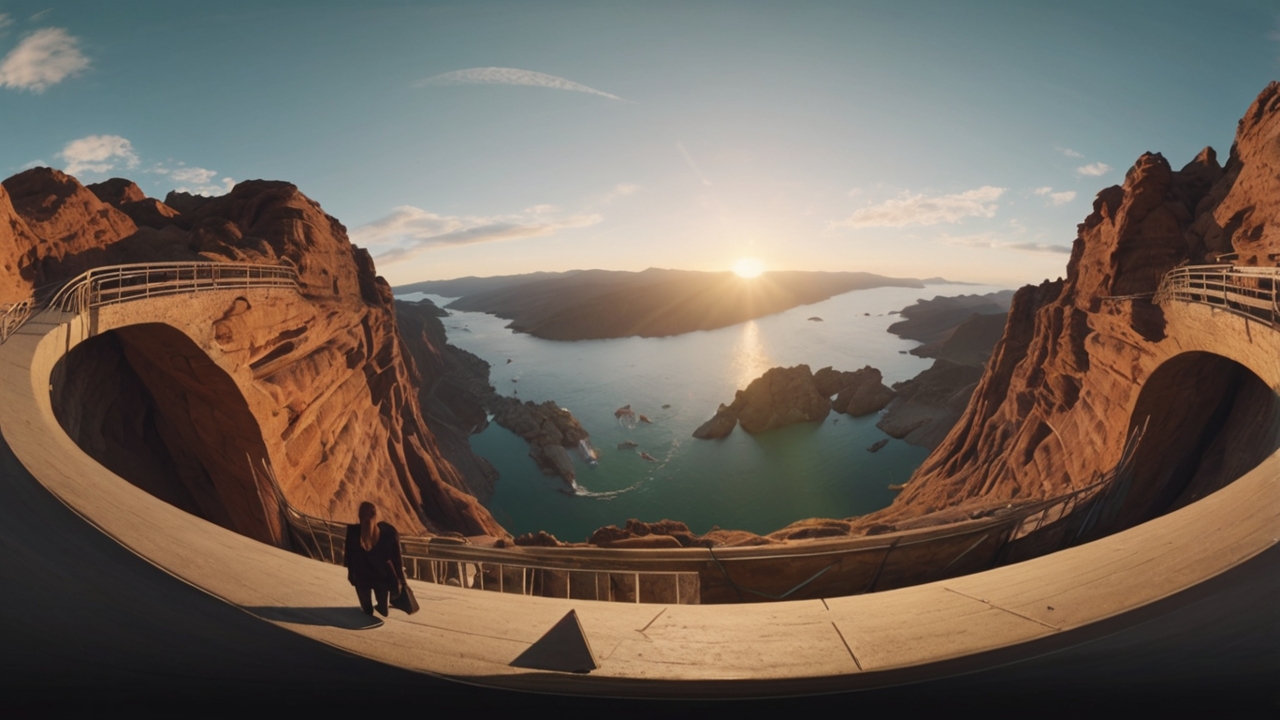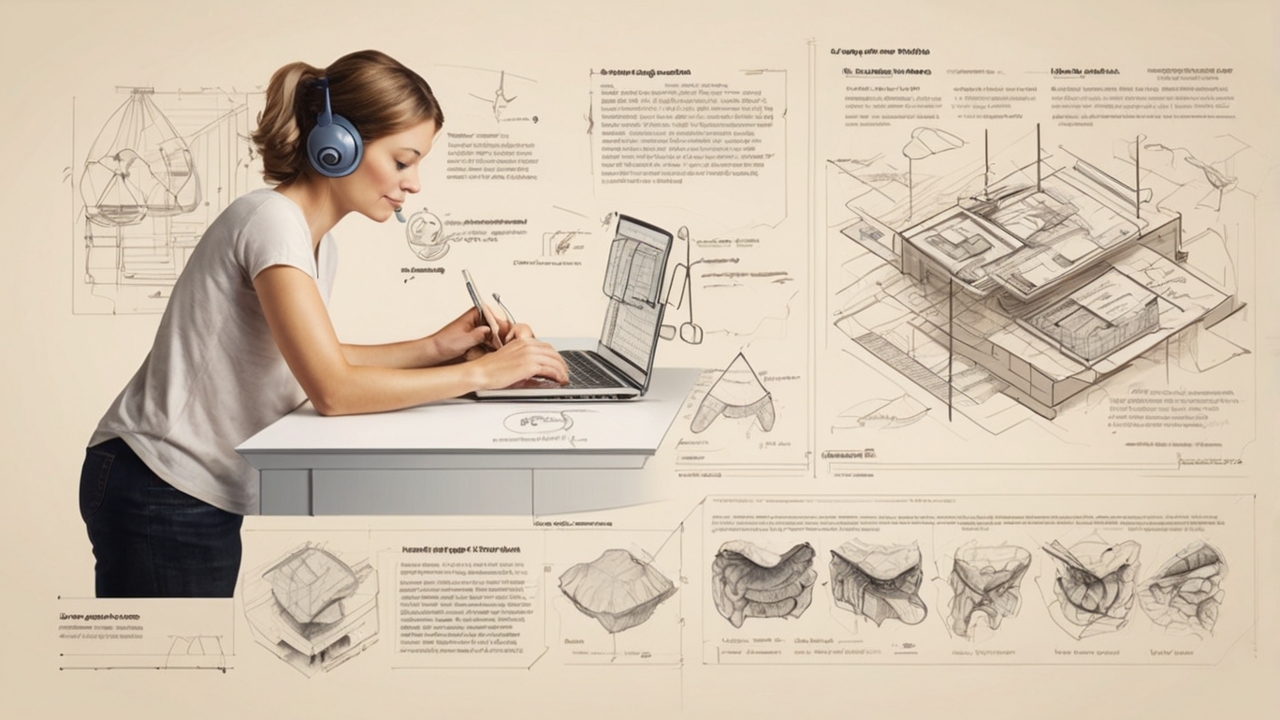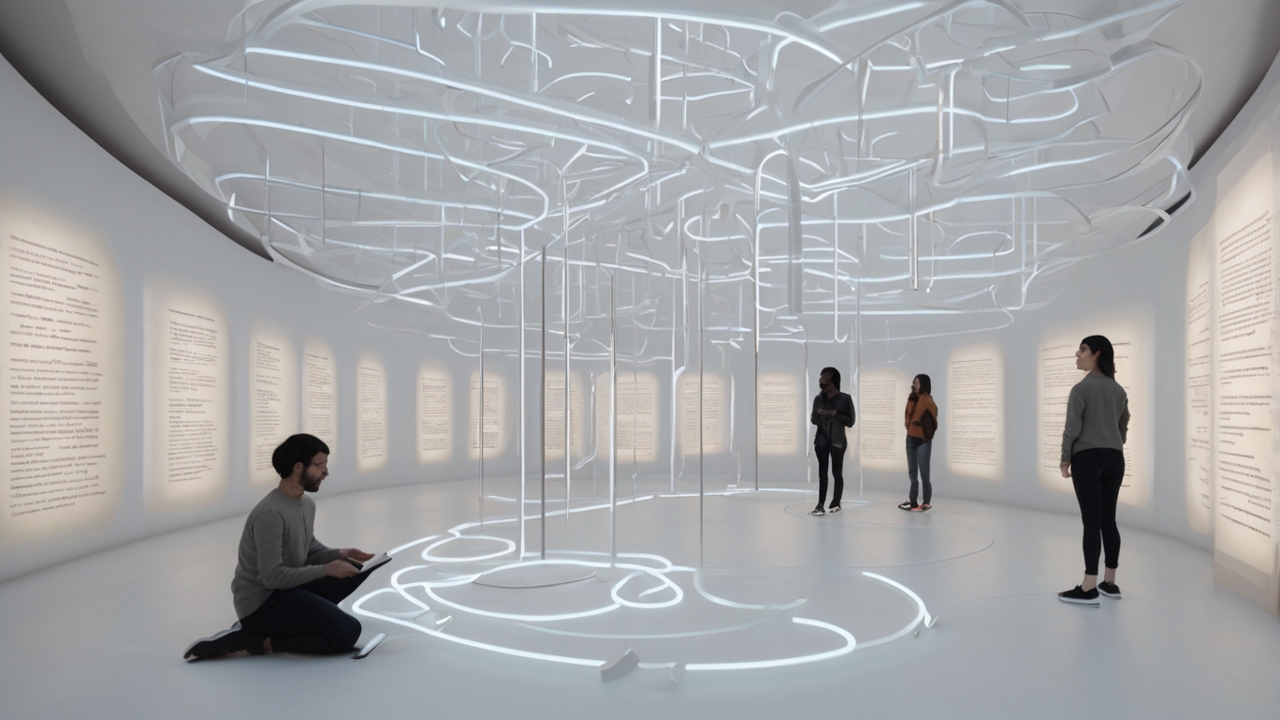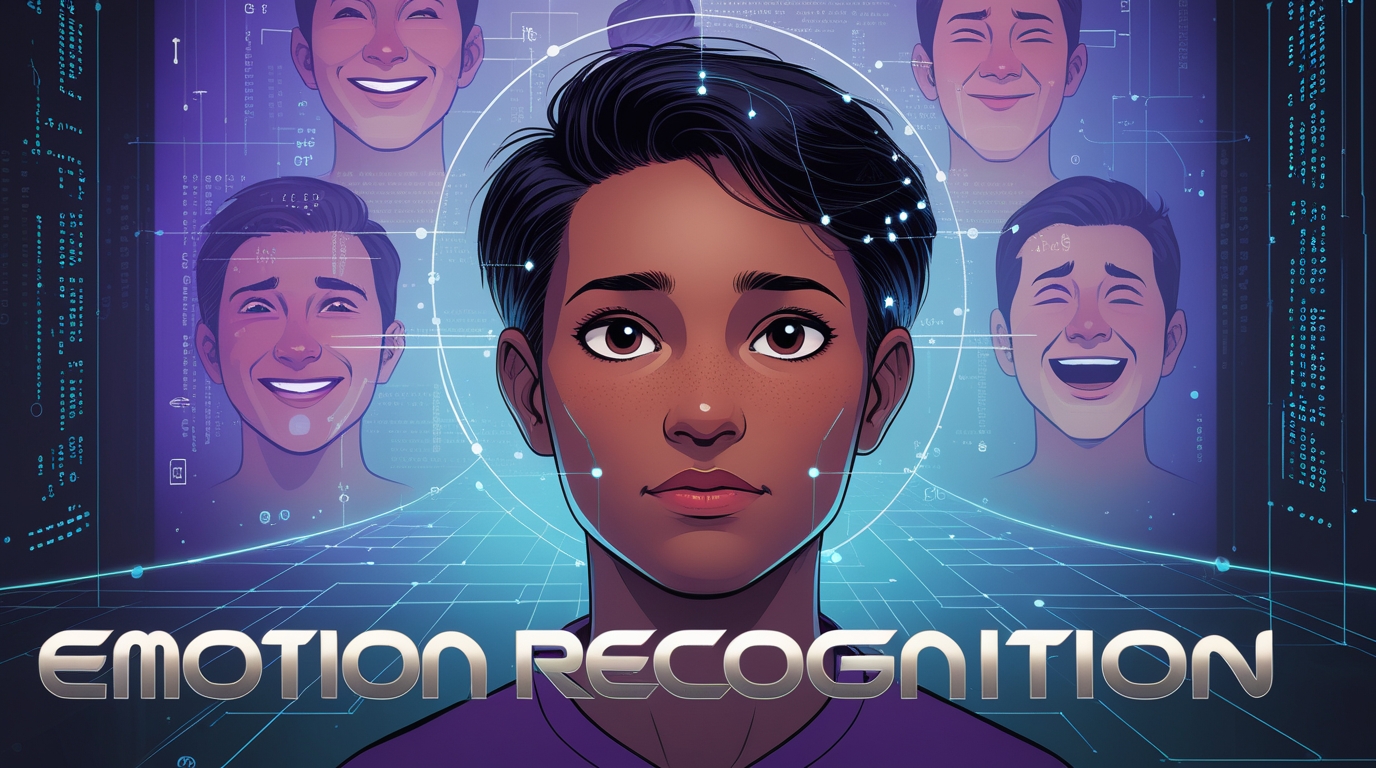Mayumiotero – 360° cinemagraphs have evolved from experimental visual assets into powerful storytelling tools for brands. Unlike traditional photographs that freeze a single moment, cinemagraphs introduce subtle, looping motion that gives content emotional depth. When expanded into a 360-degree environment, the effect becomes truly immersive inviting viewers to look around, explore, and feel part of the moment. Personally, I see this format as a bridge between static design and full interactive media. It invites curiosity without overwhelming the viewer, making it one of the most compelling creative trends for designers seeking immersion without VR complexity.
“Read also: AI and the New Age of Workplace Communication: How LeapXpert Is Building Trust in an Intelligent Era“
What Makes 360° Cinemagraphs Unique in Digital Experiences
Unlike regular videos, 360° cinemagraphs blend stillness and motion inside a panoramic frame, allowing movement to be present only where it enhances the story. As a result, the environment remains calm while focal points draw attention. This visual balance is incredibly useful for web design, where overstimulation can reduce retention. Moreover, users can navigate the scene actively or simply absorb it passively creating layered engagement. From my experience evaluating UX strategies, formats like this thrive because they give users agency while still guiding emotional perception.
Enhancing User Engagement Through Subtle Motion
Research consistently shows that motion captures attention faster than static visuals. Yet, excessive animation can distract and increase bounce rates. 360° cinemagraphs offer a middle ground: motion that feels organic and purposeful. Additionally, the looped effect provides continuity, encouraging users to linger longer. For websites focused on storytelling like travel platforms, creative studios, or luxury brands this lingering becomes a gateway to deeper exploration. To me, that subtle hold on attention is the true genius of this format.
Emotional Storytelling in a 360° Environment
Every great brand narrative relies on emotion, and 360° cinemagraphs excel in delivering atmosphere. For example, a luxury resort site might show gently swaying palm leaves and rippling ocean light as guests rotate the scene. The message becomes experiential rather than literal. Furthermore, this technique transforms simple landing pages into sensory introductions. In my opinion, this is where 360° cinemagraphs shine: they don’t tell audiences what to feel they allow them to feel it naturally.
Real-World Applications Across Industries
Businesses across travel, fashion, hospitality, architecture, and automotive sectors use 360° cinemagraphs to highlight ambiance and craftsmanship. A watchmaker might loop a single ticking hand in a dramatic 360° background, while an architecture firm showcases sunrise reflections inside a completed building. Even e-commerce benefits by elevating product displays. Ultimately, the format adapts to many moods from calm elegance to futuristic energy which explains why adoption continues to accelerate in premium digital spaces.
“Read also: Thailand Welcomes Sora: OpenAI’s New AI Video App Ignites Asia’s Creative Scene“
Technical Considerations for Designers and Developers
Although stunning, 360° cinemagraphs require thoughtful execution. File compression, browser compatibility, and loading times play crucial roles in performance. Therefore, designers often pair WebP or MP4 formats with lazy-loading strategies and content delivery networks. In addition, looping must be seamless, lighting consistent, and motion controlled. As someone who values both creativity and practicality, I recommend using these visuals sparingly but strategically. When crafted properly, they elevate polish rather than introduce unnecessary weight.
Balancing Creativity and Accessibility
Accessibility remains vital in modern web design. For that reason, motion must never impair usability. Subtle movement, adjustable sensitivity settings, and clear fallback images ensure that 360° cinemagraphs complement accessibility requirements rather than conflict with them. Also, including alt text and avoiding autoplay sound protects inclusive experiences. From my perspective, a responsible implementation demonstrates maturity in design thinking and users notice.
The Future of Immersive Web Aesthetics
Although emerging technologies like AR and volumetric video attract attention, 360° cinemagraphs fill a unique space between simplicity and immersion. I expect adoption to continue as brands search for ways to create emotional micro-experiences without overwhelming bandwidth or cognitive load. In the long term, pairing these visuals with interactive metadata, spatial audio, or AI-driven personalization could reshape web storytelling again. Ultimately, the appeal lies in quiet sophistication: a moment suspended in time, gently moving, always inviting us to explore further.



